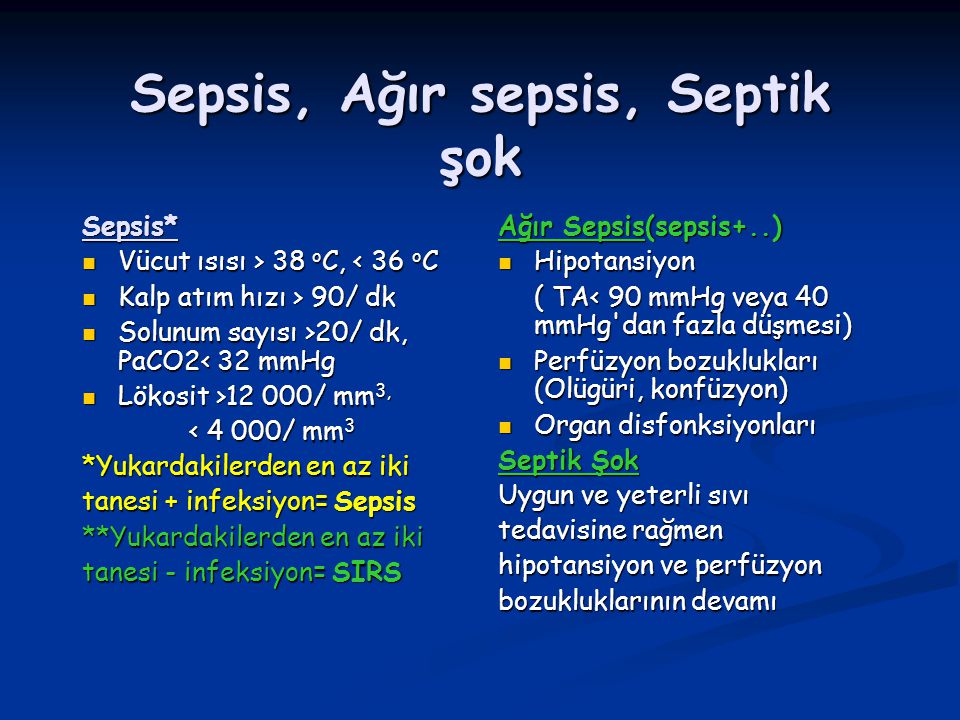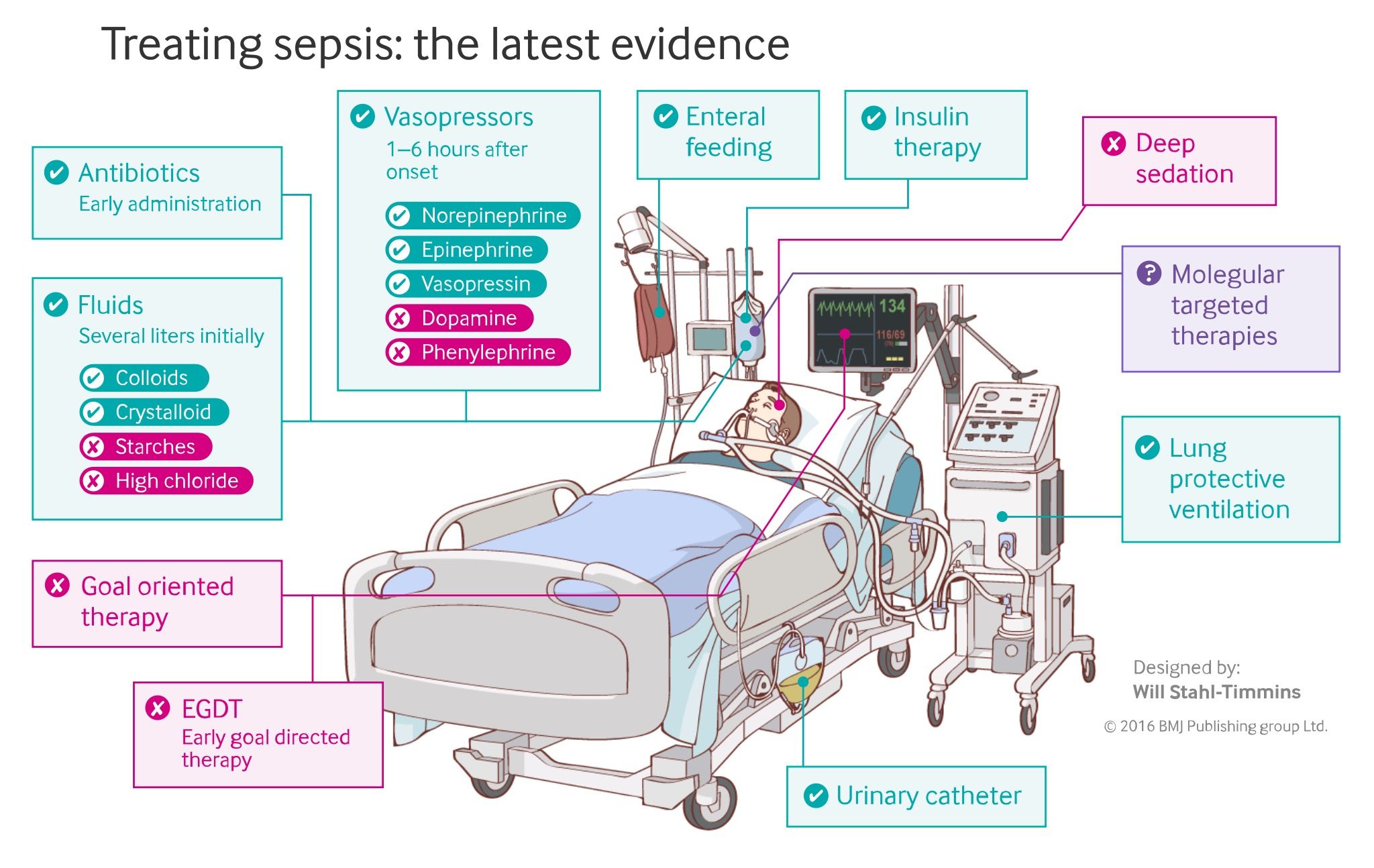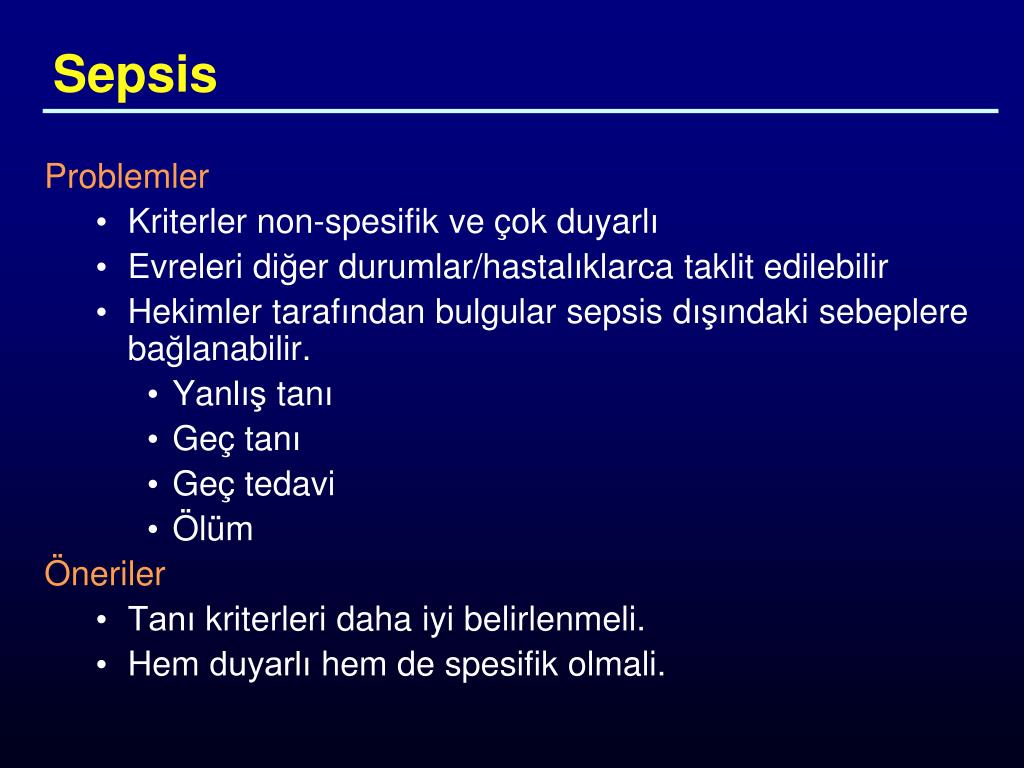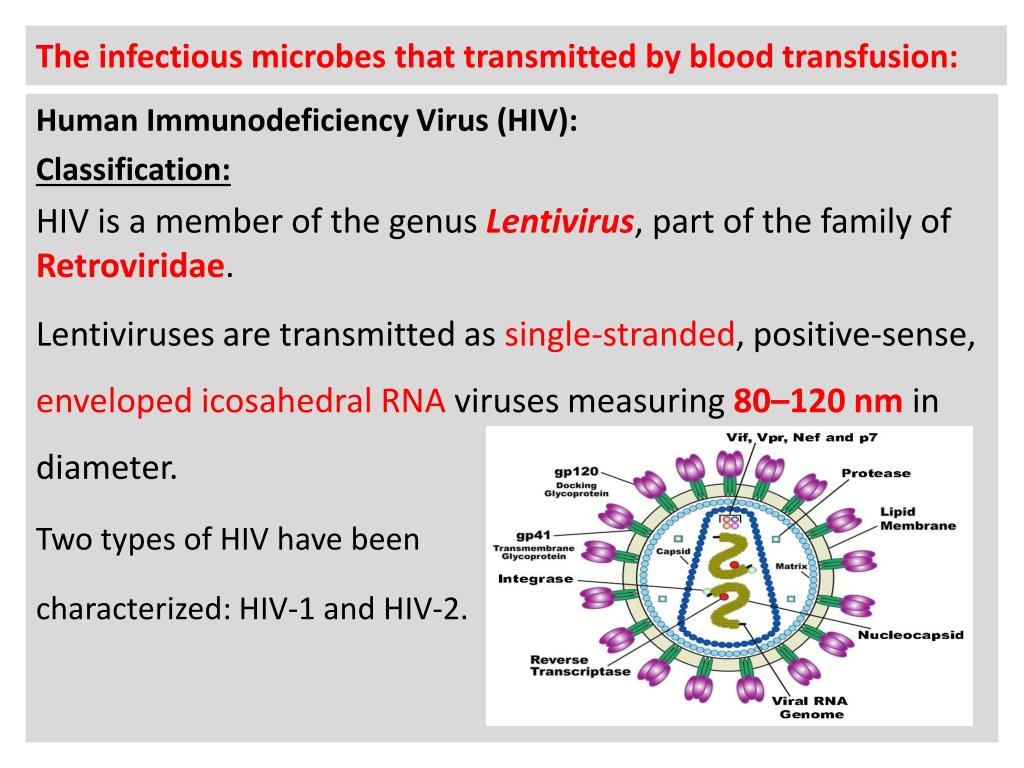Infectious blood disease. Sepsis: Understanding Blood Poisoning and Its Life-Threatening Consequences
What is sepsis and how does it differ from blood poisoning. How can sepsis be prevented and what are the risk factors. What are the symptoms of sepsis and when should you seek medical attention. How is sepsis diagnosed and treated in modern medicine. Why is sepsis considered a medical emergency requiring immediate intervention.
Demystifying Sepsis: More Than Just Blood Poisoning
Sepsis, often mistakenly referred to as blood poisoning, is a life-threatening condition that arises when the body’s response to infection causes widespread inflammation and organ dysfunction. While the terms are sometimes used interchangeably, it’s crucial to understand the distinction between sepsis and blood poisoning to grasp the full scope of this medical emergency.
Blood poisoning, or septicemia, occurs when bacteria enter the bloodstream, potentially leading to sepsis. However, sepsis is a more severe condition characterized by the body’s extreme response to infection, which can result in tissue damage, organ failure, and death if not promptly treated.

Is sepsis always caused by bacteria in the blood?
No, sepsis is not always caused by bacteria in the blood. While bacterial infections are the most common trigger, sepsis can also result from viral infections like COVID-19 and influenza, as well as fungal infections. The key factor is the body’s overwhelming and life-threatening response to the infection, regardless of its origin.
The Silent Threat: Common Causes and Risk Factors of Sepsis
Sepsis can develop from various types of infections, with some of the most common sources being:
- Pneumonia
- Urinary tract infections
- Skin infections
- Gastrointestinal infections
- Appendicitis
- Meningitis
While anyone can develop sepsis, certain groups are at higher risk:
- People with weakened immune systems
- Young infants and elderly individuals
- Those who have undergone invasive medical procedures
- Individuals with chronic conditions like diabetes
- People with severe burns or wounds
Can minor injuries lead to sepsis?
Yes, even seemingly minor injuries can potentially lead to sepsis. Something as simple as a scraped knee or a small cut can serve as an entry point for bacteria, potentially resulting in an infection that could progress to sepsis if left untreated. This underscores the importance of proper wound care and hygiene, even for minor injuries.

Recognizing the Signs: Symptoms of Sepsis
Early recognition of sepsis symptoms is crucial for timely intervention and improved outcomes. The Sepsis Alliance promotes the acronym TIME to help people identify potential sepsis:
- Temperature: Higher or lower than normal
- Infection: Signs and symptoms of infection
- Mental decline: Confused, sleepy, difficult to rouse
- Extremely ill: Severe pain, discomfort, shortness of breath
Other symptoms may include:
- Rapid heart rate and breathing
- Low blood pressure
- Chills and shivering
- Clammy or sweaty skin
- Extreme weakness
When should you seek medical attention for suspected sepsis?
If you or someone you know exhibits any combination of these symptoms, especially in the context of a known or suspected infection, it’s crucial to seek immediate medical attention. Sepsis is a medical emergency, and early treatment significantly improves the chances of survival and reduces the risk of long-term complications.
The Race Against Time: Diagnosing and Treating Sepsis
Diagnosing sepsis quickly is essential for effective treatment. Healthcare providers typically use a combination of clinical assessment, blood tests, and imaging studies to confirm the diagnosis and identify the source of infection.

Treatment for sepsis often includes:
- Broad-spectrum antibiotics to fight the underlying infection
- Intravenous fluids to maintain blood pressure and organ function
- Oxygen therapy to support breathing
- Medications to support blood pressure and organ function
- In severe cases, mechanical ventilation or dialysis may be necessary
How has sepsis treatment evolved in recent years?
In recent years, sepsis treatment has evolved significantly. The implementation of sepsis protocols in hospitals has led to more rapid identification and treatment of the condition. Additionally, advances in supportive care, such as improved fluid resuscitation strategies and targeted antimicrobial therapy, have contributed to better outcomes for sepsis patients.
Beyond Sepsis: Understanding Other Bloodborne Infections
While sepsis is a critical concern, it’s important to be aware of other bloodborne infections and diseases that can pose serious health risks. Some notable examples include:
- Human Immunodeficiency Virus (HIV)
- Hepatitis B and C
- Methicillin-resistant Staphylococcus aureus (MRSA)
- Dengue Fever
- Clostridium difficile (C. diff)
These infections are caused by bloodborne pathogens, which are infectious microorganisms carried in human blood and other body fluids. They can be transmitted through various routes, including blood transfusions, sexual contact, open wounds, and exposure to contaminated bodily fluids.

How do bloodborne pathogens differ from other infectious agents?
Bloodborne pathogens are unique in that they are specifically transmitted through blood or other body fluids. This distinguishes them from pathogens that spread through airborne transmission or direct contact. The mode of transmission for bloodborne pathogens necessitates specific precautions and safety measures, particularly in healthcare settings and situations where exposure to blood or bodily fluids is possible.
Safeguarding Against Bloodborne Infections: Prevention Strategies
Preventing bloodborne infections requires a multi-faceted approach that combines personal hygiene, safety precautions, and professional intervention when necessary. Key prevention strategies include:
- Practicing good hand hygiene
- Using personal protective equipment (PPE) when handling blood or bodily fluids
- Properly disposing of contaminated materials
- Implementing safe injection practices in healthcare settings
- Vaccinating against preventable bloodborne diseases like Hepatitis B
- Practicing safe sex and avoiding sharing needles
- Seeking professional help for proper cleanup of blood and bodily fluid spills
Why is professional remediation important for blood cleanup?
Professional remediation is crucial for blood cleanup because some viruses can remain dormant and reactivate when exposed to water, posing a risk even after visible blood has been cleaned. Trained professionals use specialized equipment and follow strict protocols to ensure thorough disinfection, reducing the risk of exposure to bloodborne pathogens and protecting public health.

The Global Impact: Sepsis as a Public Health Concern
Sepsis represents a significant global health challenge, affecting millions of people worldwide each year. According to the World Health Organization (WHO), sepsis accounts for approximately 20% of all deaths worldwide, with a disproportionate impact on low- and middle-income countries.
The economic burden of sepsis is also substantial, with high treatment costs and long-term consequences for survivors. Many sepsis survivors experience post-sepsis syndrome, which can include physical, cognitive, and psychological effects that persist long after the initial infection has been treated.
How is the medical community addressing the global sepsis challenge?
The medical community is addressing the global sepsis challenge through various initiatives:
- Increasing public awareness through campaigns like World Sepsis Day
- Implementing standardized sepsis protocols in healthcare facilities
- Investing in research to improve early detection and treatment methods
- Developing new antimicrobial therapies to combat drug-resistant infections
- Improving access to critical care resources in underserved regions
- Enhancing healthcare provider education on sepsis recognition and management
These efforts aim to reduce the global burden of sepsis by improving prevention, early detection, and treatment outcomes worldwide.

Empowering Patients: The Role of Education in Sepsis Prevention
Education plays a crucial role in sepsis prevention and early intervention. By empowering patients and caregivers with knowledge about sepsis risks, symptoms, and prevention strategies, we can significantly improve outcomes and reduce the incidence of this life-threatening condition.
Key areas of focus for patient education include:
- Understanding the importance of infection prevention and proper wound care
- Recognizing the signs and symptoms of sepsis
- Knowing when to seek medical attention for suspected infections
- Understanding the importance of completing prescribed antibiotic courses
- Awareness of personal risk factors for sepsis
- Importance of vaccinations in preventing infections that can lead to sepsis
How can healthcare providers effectively educate patients about sepsis?
Healthcare providers can effectively educate patients about sepsis through various methods:
- Providing clear, easy-to-understand written materials about sepsis
- Incorporating sepsis education into routine check-ups and hospital discharge procedures
- Utilizing visual aids and interactive tools to explain sepsis risks and symptoms
- Offering community education programs and workshops on infection prevention and sepsis awareness
- Leveraging digital platforms and social media to disseminate accurate information about sepsis
- Encouraging patients to ask questions and actively participate in their healthcare decisions
By prioritizing patient education, healthcare providers can create a more informed and empowered patient population, leading to earlier detection and improved outcomes for sepsis cases.

The Future of Sepsis Management: Emerging Technologies and Treatments
As our understanding of sepsis continues to evolve, so do the technologies and treatments used to combat this life-threatening condition. Researchers and medical professionals are exploring innovative approaches to improve sepsis diagnosis, treatment, and prevention.
Some promising areas of development include:
- Artificial intelligence and machine learning algorithms for early sepsis prediction
- Rapid diagnostic tests for faster identification of sepsis-causing pathogens
- Immunomodulatory therapies to regulate the body’s response to infection
- Personalized medicine approaches tailored to individual patient characteristics
- Novel antimicrobial agents to combat drug-resistant infections
- Biomarker-guided treatment strategies for more targeted interventions
How might these advancements change sepsis outcomes in the future?
These emerging technologies and treatments have the potential to significantly improve sepsis outcomes by:

- Enabling earlier and more accurate diagnosis of sepsis
- Allowing for more targeted and effective treatment strategies
- Reducing the risk of antibiotic resistance through more precise antimicrobial use
- Improving survival rates and reducing long-term complications for sepsis patients
- Enhancing our ability to prevent sepsis in high-risk populations
- Reducing healthcare costs associated with sepsis management
As these advancements continue to develop and integrate into clinical practice, we can anticipate a future where sepsis is more readily preventable, quickly diagnosable, and effectively treatable, ultimately saving countless lives worldwide.
What are Bloodborne Infections and Diseases?
When you think of blood infections, you likely think of sepsis (also referred to as blood poisoning), which can inhibit your body from fighting infection and lead to death if not promptly treated. However, sepsis is not the only disease that can affect your blood.
Bloodborne pathogens can cause infections and diseases including HIV, hepatitis, MRSA, and C. diff and can be transmitted through contact with an infected person’s blood or body fluids. Because these infections and diseases are difficult to treat, it’s important to learn what causes them and how to prevent them.
Sepsis and Other Blood Infections
The most common type of blood infection is known as sepsis, “a serious complication of septicemia. Sepsis is when inflammation throughout the body occurs. This inflammation can cause blood clots and block oxygen from reaching vital organs, resulting in organ failure. The National Institutes of Health (NIH) estimates that over 1 million Americans get severe sepsis each year. Between 28 and 50 percent of these patients may die from the condition. When the inflammation occurs with extremely low blood pressure, it’s called septic shock. Septic shock is fatal in many cases.”
The National Institutes of Health (NIH) estimates that over 1 million Americans get severe sepsis each year. Between 28 and 50 percent of these patients may die from the condition. When the inflammation occurs with extremely low blood pressure, it’s called septic shock. Septic shock is fatal in many cases.”
In addition, there are several other prevalent bloodborne infections and diseases include:
- MRSA
- Dengue Fever
- Human Immunodeficiency Virus (HIV)
- Hepatitis A, B, and C
What Causes Bloodborne Infections and Diseases?
Bloodborne pathogens are infectious microorganisms that are carried in human blood, and they are responsible for bloodborne infections and diseases. These microorganisms have the potential to pass from one person to another by various routes, such as blood transfusions, sexual intercourse, open wounds, mucous membranes, and more.
“Infections can begin anywhere bacteria or other infectious agents can enter the body. It can result from something as seemingly harmless as a scraped knee or nicked cuticle or from a more serious medical problem such as appendicitis, pneumonia, meningitis, or a urinary tract infection (UTI)…
It can result from something as seemingly harmless as a scraped knee or nicked cuticle or from a more serious medical problem such as appendicitis, pneumonia, meningitis, or a urinary tract infection (UTI)…
Although anyone can get [a bloodborne infection], certain groups are at greater risk, including:
- People with weakened immune systems
- Young babies
- Elderly
- People who have had invasive medical procedures
- People with diabetes”
Preventing Bloodborne Infections and Diseases
It is important to remember that anyone can be exposed to potential bloodborne infections and diseases. If you are in a position where you need to clean up another person’s blood or body fluids, doing so could possibly put you at risk.
Even if you think you have safely removed all of the blood or fluids from the area, some viruses can remain dormant and reactivate when exposed to water, putting you or your family at risk later.
To ensure you are protecting yourself and your loved ones, contact a professional remediation company to properly disinfect areas affected by bloodborne infections and diseases. Aftermath provides blood cleanup, biohazard remediation and removal, and communicable disease disinfection services.
Our team of professionals are trained in bloodborne pathogens, safety equipment, and hazardous communications protocols, enabling us to perform effective and safe bloodborne pathogen cleanup. Contact Aftermath anytime for assistance.
———-
Sources:
OSHA: https://www.osha.gov/SLTC/bloodbornepathogens/
Healthline: http://www.healthline.com/health/septicemia#Overview1
National Institutes of Health: http://www.nigms.nih.gov/Education/pages/factsheet_sepsis.aspx
WebMD: http://www.webmd.com/a-to-z-guides/sepsis-septicemia-blood-infection
Blood Poisoning – Sepsis – Symptoms
What is blood poisoning?
Blood poisoning (sepsis) has nothing to do with poison. Instead, it’s primary cause is the presence of germs, which enter your bloodstream from an infection elsewhere in your body. This can happen through wounds, burns, cuts, and scrapes. Bacteria can come from something as simple as a sinus infection. Although blood poisoning is often a result of a bacterial infection, even a COVID-19 viral infection can lead to sepsis as well as influenza and fungal infections. Any of these situations can lead to blood poisoning.
Instead, it’s primary cause is the presence of germs, which enter your bloodstream from an infection elsewhere in your body. This can happen through wounds, burns, cuts, and scrapes. Bacteria can come from something as simple as a sinus infection. Although blood poisoning is often a result of a bacterial infection, even a COVID-19 viral infection can lead to sepsis as well as influenza and fungal infections. Any of these situations can lead to blood poisoning.
Untreated infection in the bloodstream can trigger sepsis. Sepsis is the body’s life-threatening response to a bacterial infection and is often a medical emergency. Sepsis happens when an infection you already have triggers a chain reaction throughout your body. Bacterial infections that lead to sepsis most often start in the lung, urinary tract, skin, or gastrointestinal tract. Without timely treatment, sepsis can rapidly lead to tissue damage, organ failure, and death.
Both blood poisoning requires immediate treatment. This is to prevent sepsis from infecting major organs, like the lungs, kidneys, and heart. Sepsis is unpredictable, aggressive, and progresses rapidly.
This is to prevent sepsis from infecting major organs, like the lungs, kidneys, and heart. Sepsis is unpredictable, aggressive, and progresses rapidly.
Anyone can get blood poisoning, but the risk is higher for:
- Infants and young children (especially under 1 year of age)
- Older people (65 years of age or older)
- People who have a weakened immune system
- People who have chronic medical conditions, including diabetes, cancer, and AIDS
- People who have just had surgery
Symptoms of blood poisoning
The symptoms of blood poisoning are similar to symptoms of a cold or the flu and may include:
- Chills, shivering
- Sudden fever (moderate to high temperature)
- Fast heartbeat
- Rapid breathing
- Heart palpitations (heart skips a beat or seems to flutter)
- Low energy (more in children)
- Irritability (more in children)
Additional symptoms that indicate sepsis, include:
- Confusion or disorientation
- Extreme pain or discomfort
- Shortness of breath
- Clammy or sweaty skin
If you recently had surgery or a wound that could be infected, take these symptoms seriously. They could signal blood poisoning. If you have any of these symptoms, call your doctor right away.
They could signal blood poisoning. If you have any of these symptoms, call your doctor right away.
What causes blood poisoning?
Blood poisoning is most often caused by a bacterial infection entering your bloodstream. However, it also can be cause by some viral infections, such as COVID-19, influenza, and fungal infections. Bacteria can enter your bloodstream in multiple ways, including daily activities, such as brushing your teeth too vigorously. A simple dental cleaning can cause bacteria to enter your bloodstream. This is true if you have certain risk factors. Risk factors include prior knee or hip replacement. It’s difficult for your body to clear bacteria around prosthetic devices. In dental visits, your dentist will have you take antibiotics before your appointment to prevent infection. Bacteria can enter your bloodstream through a scraped knee or other wound. Urinary tract infections are a common source of blood poisoning. Even a sinus infection can cause bacteria to enter your bloodstream.
Your immune system will eliminate small amounts of germs. When this doesn’t happen, it can cause blood poisoning. Too many germs can enter your bloodstream at once. Your immune system can’t keep up. This causes blood poisoning.
How is blood poisoning diagnosed?
Blood poisoning is diagnosed by examining a blood sample to find bacteria in the blood. Also, doctors check the number of white blood cells in the sample. If you suspect you have blood poisoning, call your doctor right away. Your doctor will examine you and order blood tests, if necessary.
If bacteria are in your blood, your doctor will identify the type of bacteria. If you have a cut or other wound on your body, your doctor may swab that area to collect bacteria.
Can blood poisoning be prevented or avoided?
To lower your risk of blood poisoning:
- Take care of cuts and open wounds. Don’t let them become infected. Keep them clean. Treat them with antiseptic medicine or as directed by your doctor.

- Get flu and pneumonia vaccines.
- Don’t ignore a toothache. A tooth infection can cause blood poisoning. See your dentist before it becomes a bigger problem.
- See your doctor for sinus and ear infections.
- Be aware that infection can occur following surgery or a medical treatment.
Blood poisoning treatment
The treatment of blood poisoning often involves admission to a hospital’s intensive care unit (ICU) for those who are very sick. This is so that your doctor can give you antibiotics and other medicines intravenously and closely monitor your organ systems. Fast treatment is important. Blood poisoning can become a more serious case of sepsis. Sepsis is life-threatening. It damages vital organs. When blood poisoning is caught early and doesn’t do any serious damage, you can then be switched to oral antibiotics that you can take at home. These are usually in pill form.
Living with blood poisoning
Many people fully recover from blood poisoning. However, untreated blood poisoning or catching it too late can worsen is serious sepsis. When you have sepsis, damage to major organs may be irreversible. For example, kidney damage could lead to lifelong dialysis. Once you have had blood poisoning, you’re at higher risk for developing infections in the future.
However, untreated blood poisoning or catching it too late can worsen is serious sepsis. When you have sepsis, damage to major organs may be irreversible. For example, kidney damage could lead to lifelong dialysis. Once you have had blood poisoning, you’re at higher risk for developing infections in the future.
Questions for your doctor
- Am I in a high-risk group for blood poisoning?
- Do all prosthetic devices increase your risk of infection?
- Why are flu and pneumonia vaccines important in preventing blood poisoning?
- Are certain blood types at a higher risk for blood poisoning?
Resources
Centers for Disease Control and Prevention: Sepsis
National Institutes of Health, MedlinePlus: Sepsis
Copyright © American Academy of Family Physicians
This information provides a general overview and may not apply to everyone. Talk to your family doctor to find out if this information applies to you and to get more information on this subject.
Blood diseases – Adamant Medical Clinic
Adamant
medical clinic
St. Petersburg, embankment of the river Moika, 78.
+7 (812) 740-20-90
Content:
Blood diseases is a large and heterogeneous class of diseases that is associated with various malfunctions in the work or structure of blood cells – erythrocytes, platelets or leukocytes, an excessive increase or decrease in their number, problems with blood plasma. All blood diseases are extremely dangerous for the life and health of the patient. Untimely access to a doctor can lead to the impossibility of a complete cure and even death.
Types and symptoms of blood diseases
All diseases of the blood system are divided into 4 categories, depending on the damage to platelets, erythrocytes, leukocytes and plasma. In addition, their symptoms are not specific and most of them are characteristic of all categories of the disease to varying degrees.
Types of blood diseases:
Platelet abnormalities
Thrombocytopenia – a disease that is associated with an extreme decrease in blood platelets
Causes: HIV, hepatitis, herpes and its complications, infectious mononucleosis.

Symptoms: bruising on the arms, legs and body, bleeding disorders, causeless bleeding from the nose and mouth.
Erythrocyte abnormalities
Anemia – a disease associated with low hemoglobin content in the blood
Causes: lack of iron and vitamin B12, may also develop due to heavy bleeding
Symptoms: pallor of the skin and mucous membranes, general weakness, headache, loss of appetite, feeling short of breath, rapid heartbeat.
Plasma anomalies
Hemophilia is an incurable disease that is associated with blood incoagulability. Only men suffer.
Causes: heredity, genetic predisposition.
Symptoms: frequent unexplained bleeding that is difficult to stop due to extremely low blood clotting, bruises and bruises on the body.
Leukocyte abnormalities
Leukemia (leukemia, blood cancer) is a broad group of blood cancers.
 Initially, it occurs in the bone marrow, it is he who is responsible for the production of blood cells. As a result of the constant uncontrolled division of a cancer cell and its suppression of the growth and development of healthy ones, a malignant tumor is formed.
Initially, it occurs in the bone marrow, it is he who is responsible for the production of blood cells. As a result of the constant uncontrolled division of a cancer cell and its suppression of the growth and development of healthy ones, a malignant tumor is formed.The causes of are not exactly known. Suspected of smoking, exposure to radiation, prolonged exposure to certain chemicals, chemotherapy, Down’s syndrome, or heredity.
General symptoms: swollen lymph nodes, decreased immunity, fever, impaired consciousness, joint pain, bleeding disorders, heaviness in the side, which is associated with an increase in the liver or spleen.
Diagnosis and treatment of blood diseases
Various blood tests for diseases are performed to establish the diagnosis:
- general blood test – the cellular composition of the blood is studied;
- myelogram – the cellular composition of the bone marrow puncture is studied;
- immunohistochemistry in severe cases is a high-precision method that allows you to identify the nature of malignant tumors;
- immunohematology analysis to determine the ratio of antibodies to erythrocytes in the blood;
- the establishment of the group and the Rh factor, for this, appropriate analyzes are also used.

Each blood disease requires a special approach and a specific treatment system. After carrying out all the necessary tests, the doctor will make an individual therapy. The main methods of treating blood diseases are chemo- and radiotherapy and bone marrow transplantation (alogenous and autologous).
See also
- Laparoscopy in the diagnostic center
- Endoscopic surgery in St. Petersburg
Bloodborne infections
Bloodborne infections are infectious microorganisms and viruses in human blood that can cause disease in humans. These pathogens include, in particular, hepatitis B, hepatitis C and the human immunodeficiency virus (HIV). These pathogens can be transmitted through blood and other bodily fluids.
Contaminated needle sticks and other sharps injuries can expose workers to bloodborne pathogens. Workers in many occupations, including healthcare workers, nurses and other healthcare personnel, can all be at risk of exposure to blood-borne pathogens.
Most bloodborne pathogens do not cause immediate illness, but they can still be transmitted to other people. In addition, some bloodborne pathogens can cause death.
If your employees are at risk of exposure to pathogens in a healthcare setting, you need our services. Learn more about occupational health and safety in medicine.
Common bloodborne pathogens
Hepatitis B and C viruses
Symptoms of hepatitis B and C include jaundice (yellowing of the skin and whites of the eyes), fatigue, abdominal pain, nausea, vomiting, diarrhea, loss of appetite, and injury liver.
A hepatitis B vaccine is available. If you have not been previously vaccinated, your employer must provide you with a vaccine if you may be exposed to hepatitis B.
HIV
Symptoms of HIV infection can mimic many of the symptoms of the flu. However, common symptoms may include fatigue, changes in appetite, unexplained fever, and swollen glands. Moreover, HIV infection increases the risk of contracting other diseases and developing acquired immunodeficiency syndrome (AIDS).



 Initially, it occurs in the bone marrow, it is he who is responsible for the production of blood cells. As a result of the constant uncontrolled division of a cancer cell and its suppression of the growth and development of healthy ones, a malignant tumor is formed.
Initially, it occurs in the bone marrow, it is he who is responsible for the production of blood cells. As a result of the constant uncontrolled division of a cancer cell and its suppression of the growth and development of healthy ones, a malignant tumor is formed.